[ENG]
It's a well-known fact that the most interesting thing for Agatha to explore are flowers, so it's natural that we started our second day in Lisbon with a visit to the Botanical Garden. Located just behind the Av. da Liberdade development, the Lisbon Botanical Garden is advertised as having many species of tropical plants. Its history dates back to 1878 when it served as a garden for the practical study of botany at the nearby Lisbon Polytechnic University. The Portuguese botanical garden, as befits a maritime powerhouse, features numerous species from such exotic places as New Zealand, Australia, China, Japan and South America. Unfortunately, recent years have been a bad time for the garden. Lakes were deprived of water, plants began to die, and many trees were not properly cared for. Buildings on the garden's grounds, such as the Astronomical Observatory, were abandoned and heavily degraded. Eventually, due to its poor technical condition, the garden was closed to the public in October 2016. At that time, a series of repair works were launched to restore the garden to its former glory, and after two years, on April 7, 2018, tourists and residents could again enjoy the restored botanical garden. Unfortunately, 4 years after the reopening of the garden, there is still a lot of work to be done in it, but nevertheless some of the plant species in it are truly impressive. We liked the giant monstera the most. Probably many of you associate this flower from our home pots. Extremely large domestic specimens reach a man's height and a leaf span diameter of about a meter, while this one was gigantic! See for yourself.
[PL]
Wiadomo, że najciekawszą rzeczą do zwiedzania dla Agatki są kwiatki, naturalne jest więc to, że nasz drugi dzień spędzony w Lizbonie rozpoczęliśmy od zwiedzania ogrodu botanicznego. Położony zaraz za zabudowaniami Av. da Liberdade Ogród Botaniczny w Lizbonie reklamowany jest jako słynący z posiadania wielu gatunków tropikalnych roślin. Jego historia sięga roku 1878 kiedy to pełnił funkcje ogrodu do praktycznej nauki botaniki w pobliskiej Politechnice Lizbońskiej. W portugalskim ogrodzie botanicznym, jak na morską potęgę przystało, znaleźć można liczne gatunki pochodzące z takich egzotycznych miejsc jak Nowa Zelandia, Australia, Chiny, Japonia i Ameryka Południowa. Niestety ostatnie lata to zły czas dla ogrodu. Jeziora były pozbawione wody, rośliny zaczęły obumierać, a wiele drzew nie było należycie pielęgnowanych. Budynki na terenie ogrodu, takie jak Obserwatorium Astronomiczne, zostały opuszczone i uległy mocnej degradacji. Finalnie z uwagi na zły stan techniczny ogród został zamknięty dla zwiedzających w październiku 2016 roku. Rozpoczęto wówczas szereg prac naprawczych mających na celu przywrócenie dawnej świetności i po dwóch latach 7 kwietnia 2018 roku turyści i mieszkańcy znów mogli cieszyć się odrestaurowanym ogrodem botanicznym. Niestety, po 4 latach od ponownego otwarcia ogrodu wciąż jest w nim wiele do zrobienia, niemniej jednak niektóre z gatunków roślin znajdujące się w nim są naprawdę imponujące. Nam do gustu najbardziej przypadła gigantyczna monstera. Pewnie wielu z was kojarzy ten kwiatek z naszych domowych doniczek. Niezwykle wielkie domowe okazy sięgają wysokości człowieka i średnicy rozpiętości liści około metra, ta natomiast była gigantyczna! Zobaczcie sami.
[ENG]
On our way from the botanical garden to the city center, we accidentally hit a very nice vantage point, namely the terrace of St. Peter of Alcantara, from which you can enjoy a panoramic view of the eastern part of the city with the castle hill in the foreground.
[PL]
W drodze z ogrodu botanicznego do centrum miasta przypadkiem trafiliśmy na bardzo ładny punkt widokowy, a mianowicie taras św. Piotra z Alcantary, z którego można podziwiać panoramę wschodniej części miasta z wzgórzem zamkowym na pierwszym planie.
[ENG]
A few steps further on we found the Carmelite Monastery of Lisbon, which now no longer serves a religious function as it was completely destroyed in the tragic earthquake and tsunami of 1755. Today it is something like a giant monument commemorating the natural disaster of more than 250 years ago.
[PL]
Kilka kroków dalej trafiliśmy na Klasztor Karmelitów w Lizbonie który obecnie nie pełni już funkcji sakralnych gdyż w wyniku tragicznego trzęsienia ziemi i tsunami z roku 1755 został doszczętnie zniszczony. Obecnie jest czymś jakby gigantycznym pomnikiem upamiętniającym katastrofę naturalną sprzed ponad 250 lat.
[ENG]
Just behind the Carmelite Monastery is the entrance to the historic Santa Justa elevator. In the Past, it was an easy and quick way to get from Rua de Santa to Carmo Square. However, for some time now it has become a popular tourist attraction that many tourists want to use, making long lines of people in front of the elevator entrance. I have a feeling that it would be faster to go out on foot, but then you wouldn't experience such beautiful views. In general, Lisbon has several improvements for quick travel between the lower streets of the center and the built-up hills on the east and west sides from the center. Other elevators such as the Elevador da Glória and the Elevador do Lavra have also become symbols of the city, although they look like conventional streetcars, not like the Santa Justa on the unknown.
[PL]
Tuż za Klasztorem Karmelitów znajduje się wejście do zabytkowej windy Santa Justa. W Przeszłości można dzięki niej było w łatwy i szybko sposób przedostać się z Rua de Santa do placu Carmo. Jednak od pewnego czasu stała się popularną atrakcją turystyczną, z której chce skorzystać wielu turystów, co sprawia że przed wejściem do windy ustawiają się długie kolejki ludzi. Mam wrażenie, że szybciej wyszłoby się na piechotę, ale wówczas nie doświadczyłoby się takich pięknych widoków. Ogólnie w Lizbonie znajduje się kilka usprawnień służących do szybkiego przemieszczania się między dolnymi ulicami centrum, a zabudowanymi wzgórzami po wschodniej i zachodniej stronie od centrum. Inne windy takie jak Elevador da Glória i Elevador do Lavra, również stały się symbolami miasta, choć wyglądają na konwencjonalne tramwaje, a nie jak Santa Justa na nie wiadomo co.
[ENG]
After taking the elevator down to the lower part of the city, it's only a few steps away from Lisbon's most representative square, the Praça do Comércio shopping plaza. On one side the square is bordered by the banks of the Tagus River, and on the other by the new Baixa district, rebuilt after the cataclysm of 1755. To get from the Plaza de Comércio to the Baixa district, the fastest way is to pass under the monumental Arco da Rua Augusta arch. It, too, was built after the cataclysm of 1755. At the top of the arch are three statues that allegorically represent Glory, Valor and Mind. Below that we can find six other statues. The two outermost reclining figures represent both of Portugal's largest rivers, the Tagus River and the Douro River, while between them proudly stand four famous Portuguese men viz: Nuno Álvares Pereira, Sebastião José de Carvalho e Melo, Vasco da Gama and Viriatus.
[PL]
Po zjechaniu windą do dolnej części miasta już tylko kilka kroków nas dzieli od najbardziej reprezentatywnego placu Lizbony czyli Placu Handlowego Praça do Comércio. Z Jednej strony plac graniczy z brzegiem rzeki Tag, a z drugiej strony z odbudowaną po kataklizmie z 1755 roku nową dzielnica Baixa. Aby z Placu Handlowego przedostać się do dzielnicy Baixa najszybciej jest przejść pod monumentalnym łukiem Arco da Rua Augusta. Również i on powstał po kataklizmie z 1755 roku. Na szczycie łuku znajdują się trzy posągi które alegorycznie przedstawiają Chwałę, Męstwo i Umysł. Poniżej możemy znaleźć jeszcze 6 innych rzeźb. Dwie skrajne leżące postacie przedstawiają obie największe rzeki Portugali rzekę Tag i Rzekę Douro, natomiast pomiędzy nimi dumnie stoją czterej słynni Portugalczycy czyli: Nuno Álvares Pereira, Sebastião José de Carvalho e Melo, Vasco da Gama i Wiriatus.
[ENG]
Walking from Praça do Comércio towards the Cathedral, we came across an extremely beautiful portal leading to the Church of Nossa Senhora da Conceição Velha. Unfortunately, the church was closed AND the only thing left for us to do was to take a photo from the street perspective.
[PL]
Idąc z Praça do Comércio w kierunku Katedry natrafiliśmy na niezwykle piękny portal prowadzący do kościoła Church of Nossa Senhora da Conceição Velha. Niestety kościół był zamknięty I jedno co nam pozostalo to zrobienie zdjęcia z perspektywy ulicy.
[ENG]
Lisbon's Cathedral Se is the oldest church in the city, whose origins are linked to the Crusaders' conquest of the city from under the rule of the Islamic Moors. As befits a building erected in the 12th century by the Crusaders, it was located on the site of a former mosque and was originally a Romanesque building, but as a result of many years of reconstruction following damage from the frequent earthquakes that hit Lisbon, it was given a Gothic character.
[PL]
Katedra Se w Lizbonie to najstarszy kościół w mieście, którego powstanie wiąże się z zdobyciem miasta przez krzyżowców spod panowania islamskich Maurów. Jak przystało na budowlę wzniesioną w XII wieku przez krzyżowców zlokalizowano ją w miejscu dawnego meczetu i pierwotnie była budowlą romańską, jednak w efekcie wieloletnich przebudów będących następstwem uszkodzeń wynikających z częstych trzęsień ziemi nawiedzających Lizbonę nadano jej gotycki charakter.
[ENG]
The last place we visited in Lisbon was the Museu Nacional do Azulejo, a museum of Portuguese mosaic tiles. It is located in a 16th-century monastery and its collection of tiles inside is truly impressive. You can find there tiles from the period before the catastrophic earthquake of 1755 as well as quite modern examples of mosaics.
[PL]
Ostatnim miejscem jakie odwiedziliśmy w Lizbonie było Museu Nacional do Azulejo, czyli muzeum jakże charakterystycznych dla Portugali mozaikowych płytek. Znajduje się ono w XVI-wiecznym klasztorze, a jego kolekcja zgromadzonych wewnątrz płytek jest naprawdę imponująca. Można tam znaleźć płytki jeszcze z okresu z przed katastrofalnego trzęsienia ziemi z 1755 roku jak i całkiem współczesne przykłady mozaik.
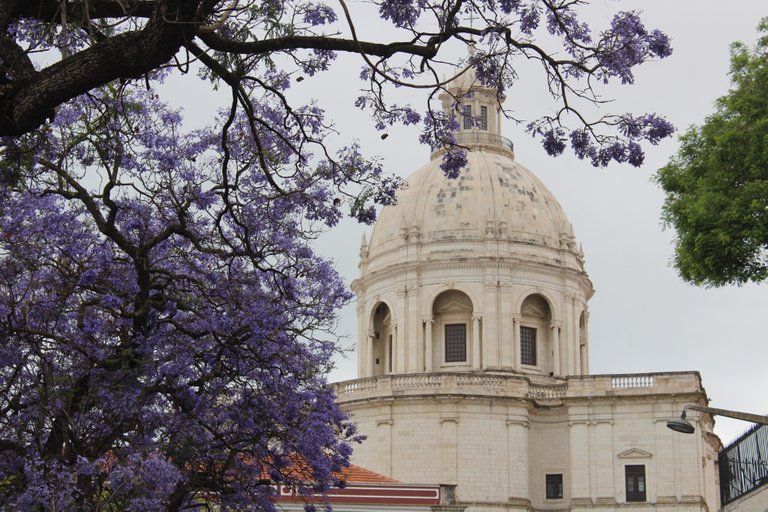
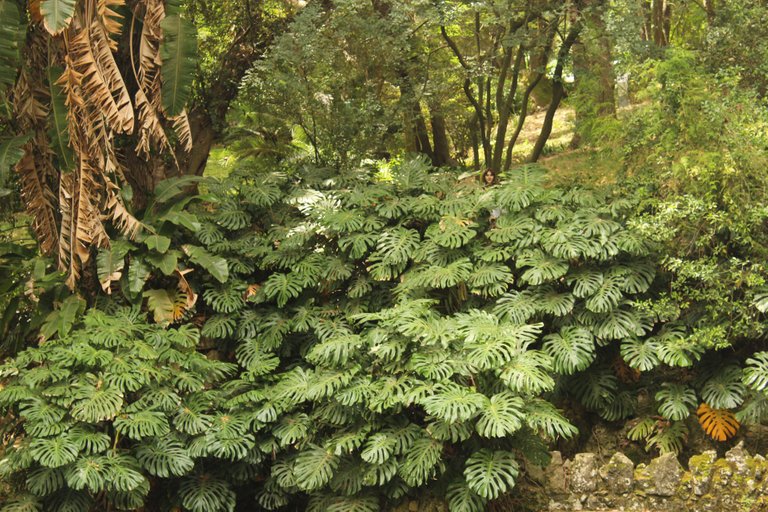
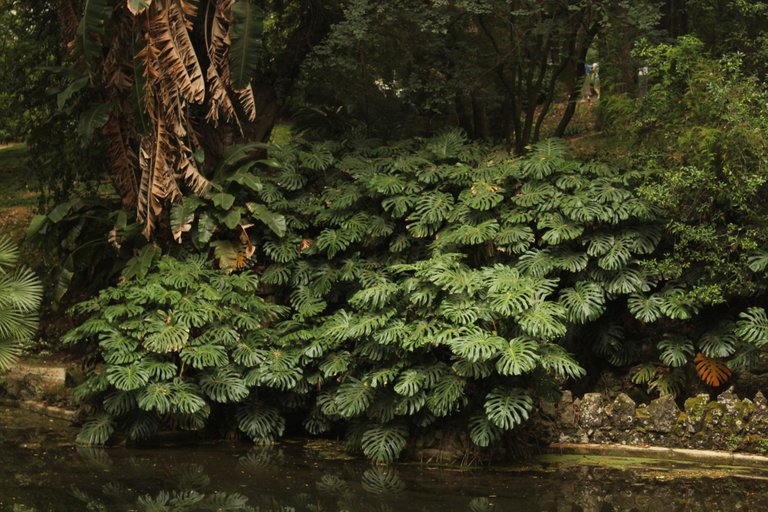



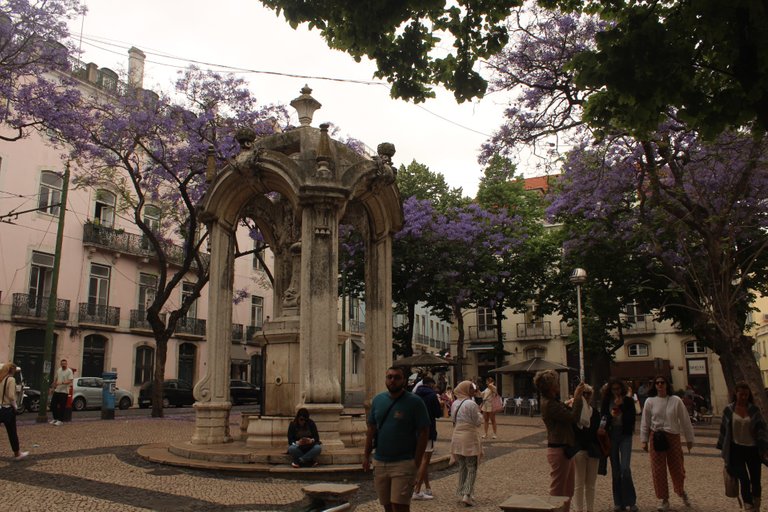
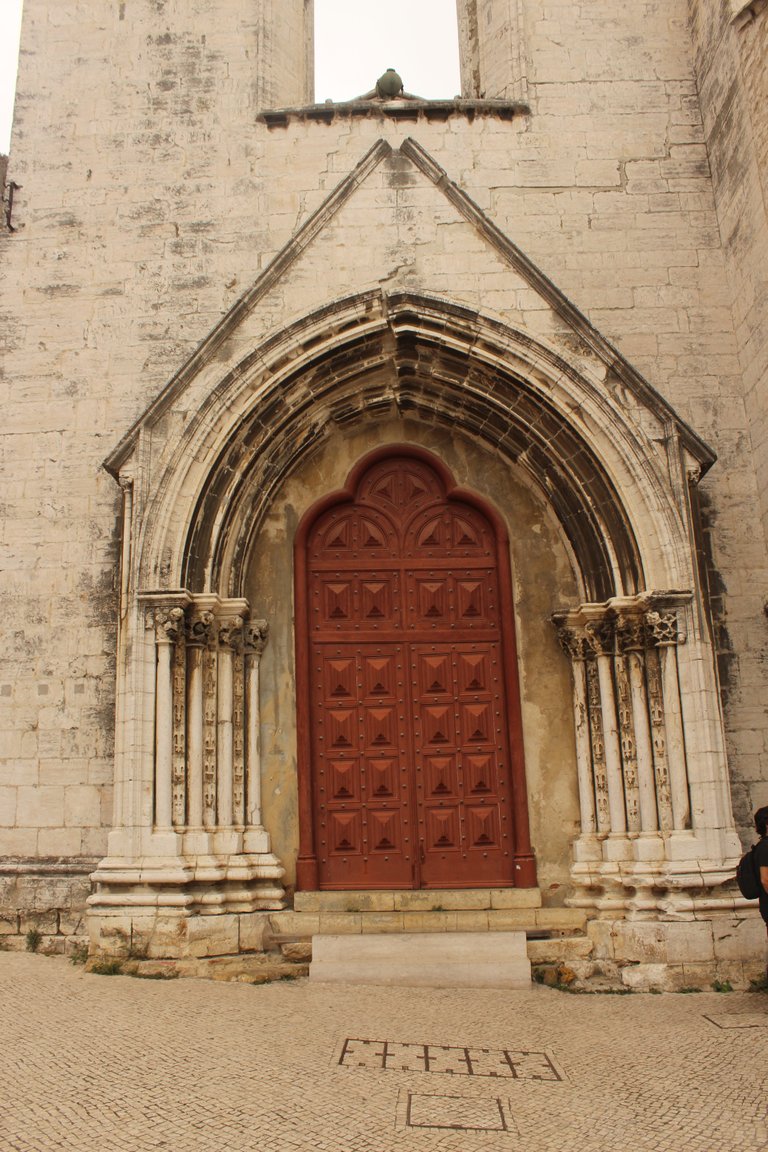
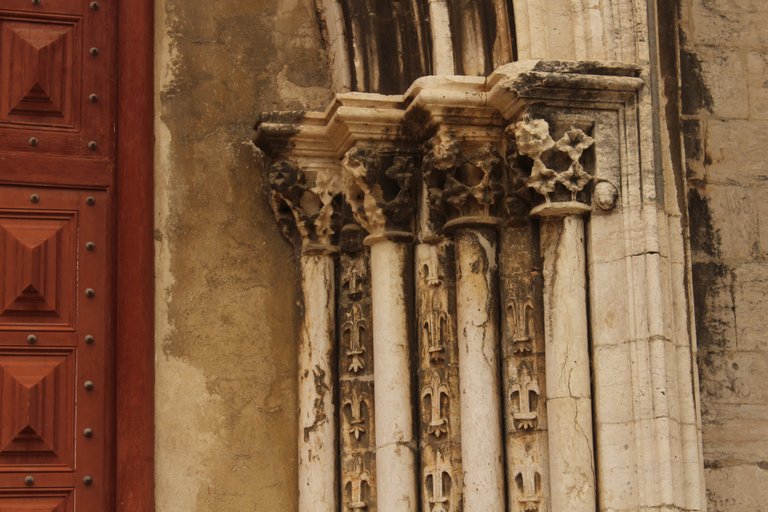
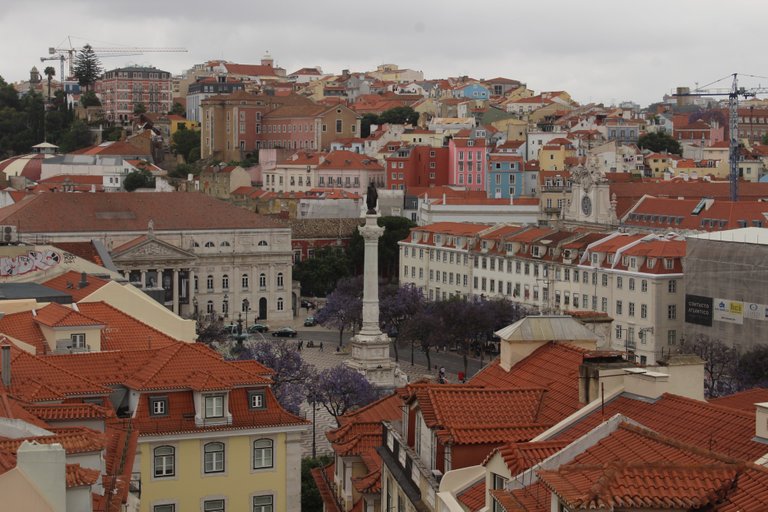
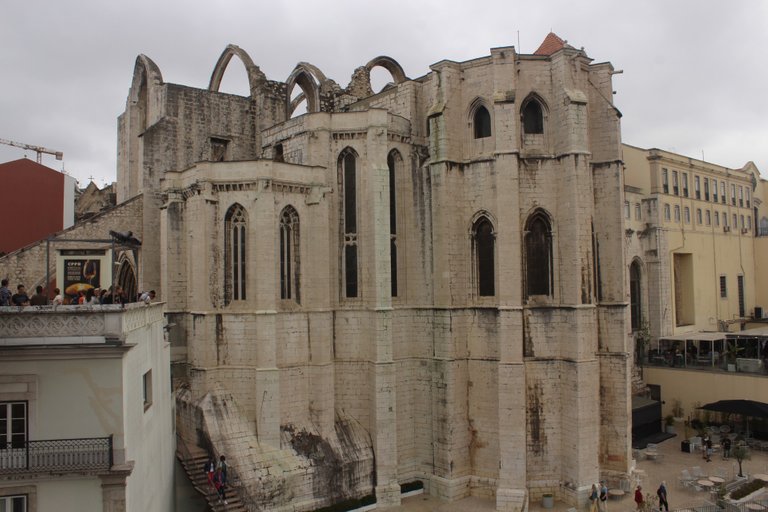
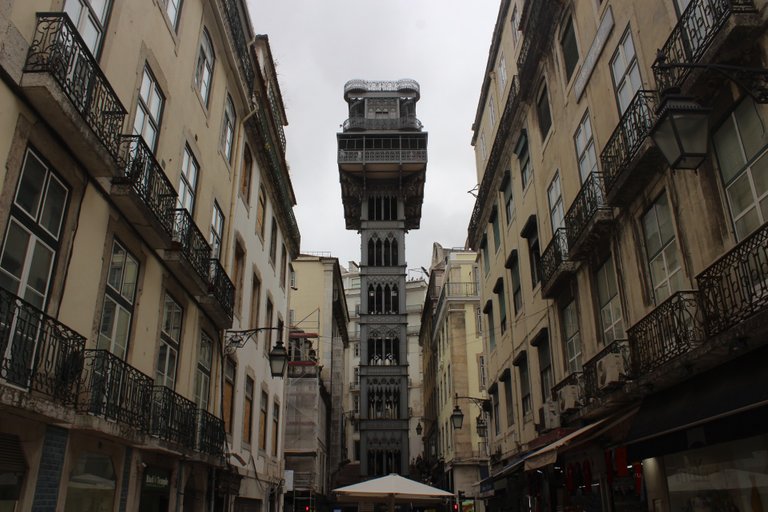
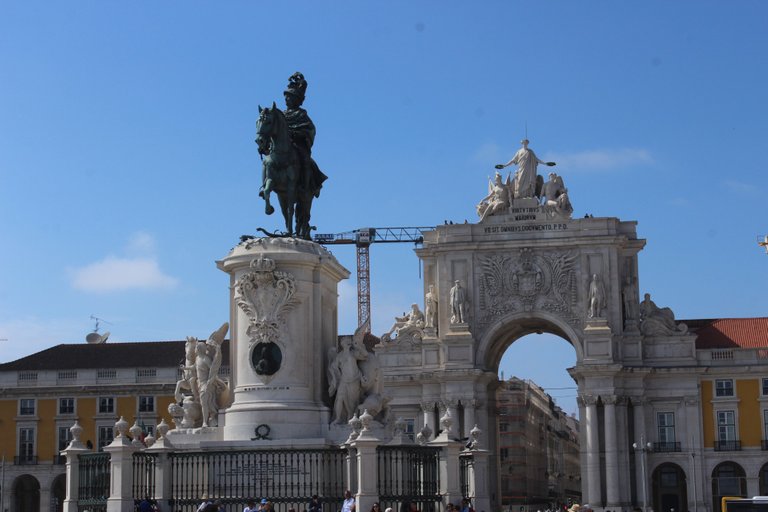
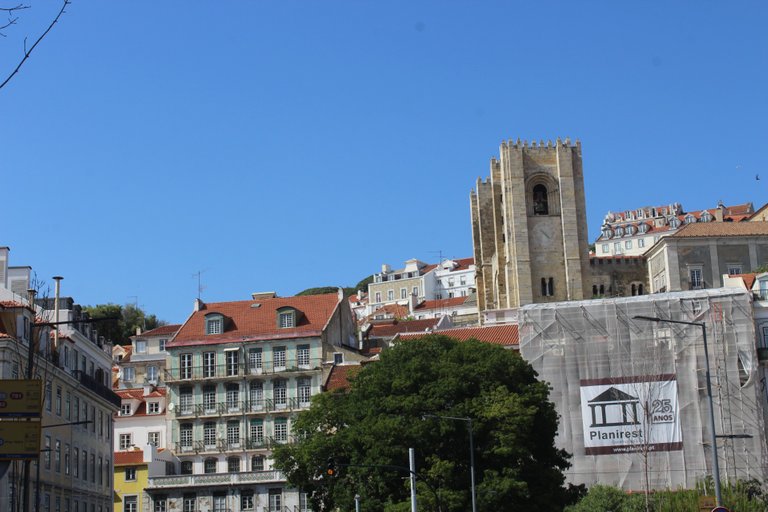
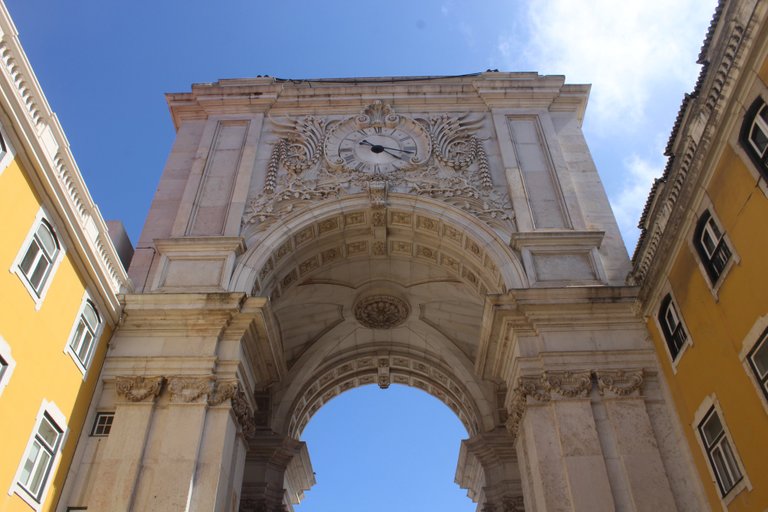
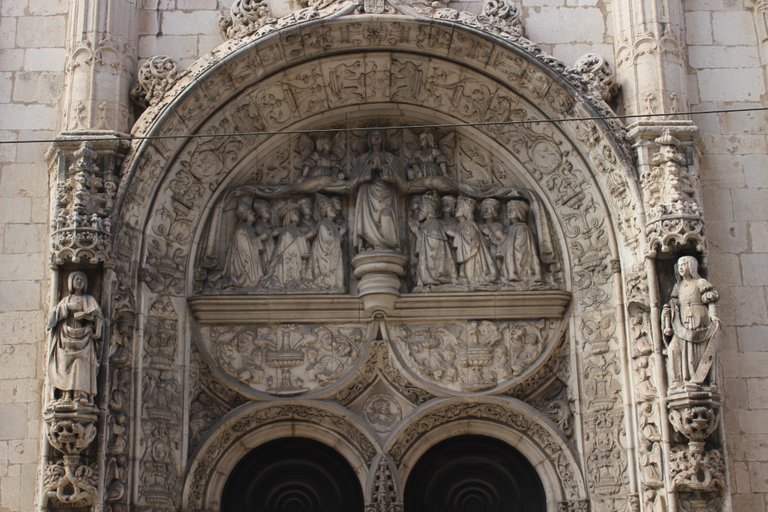
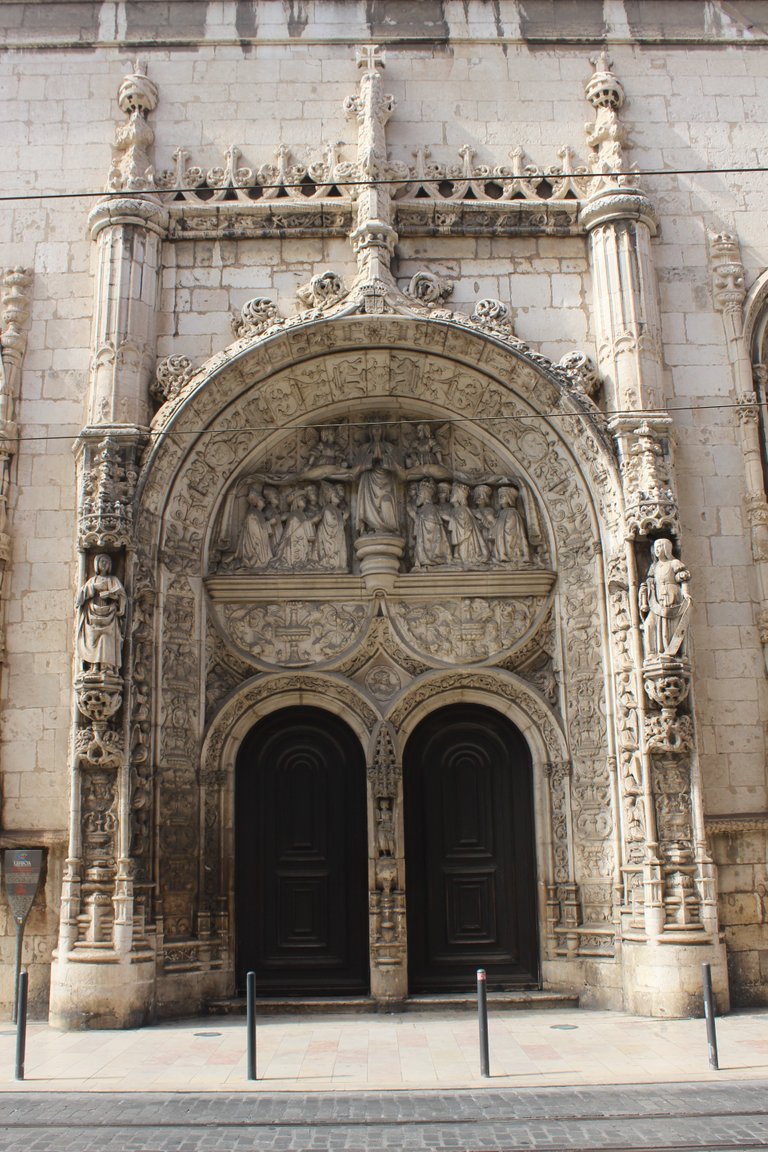
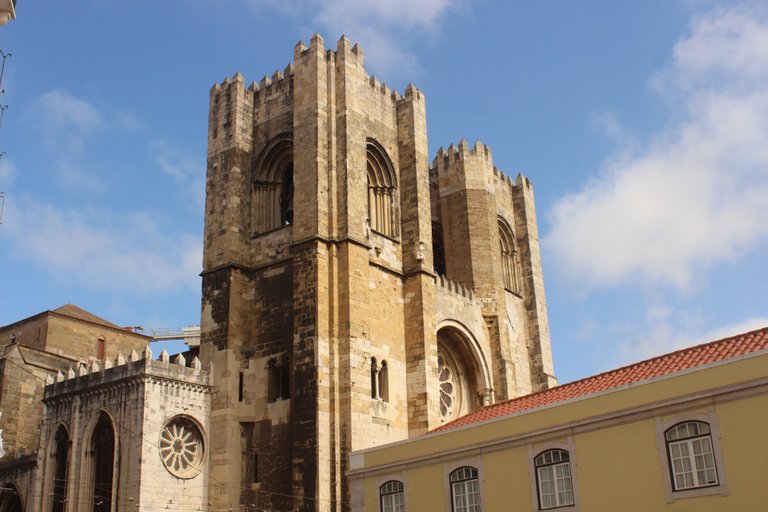
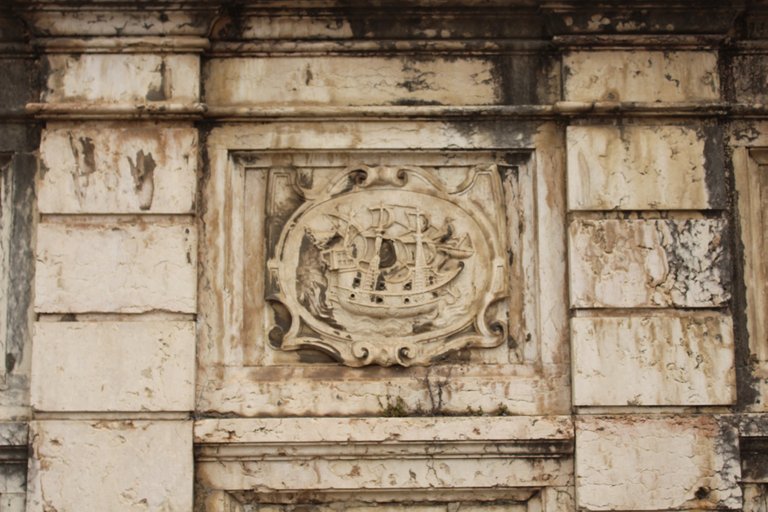
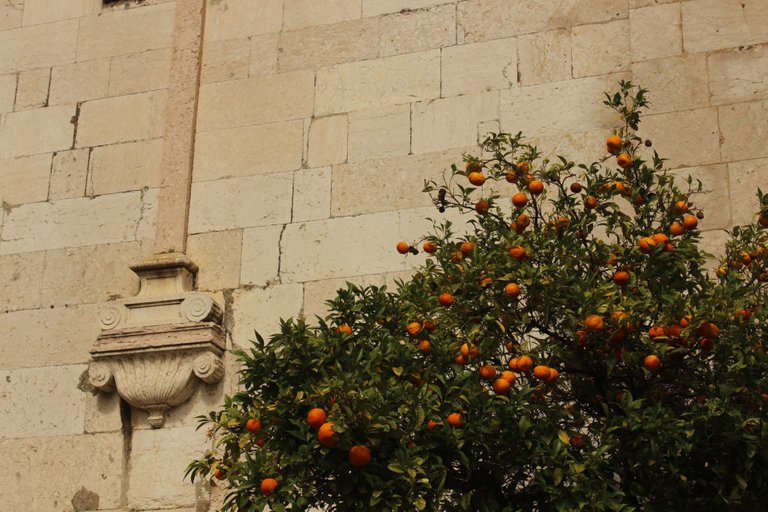
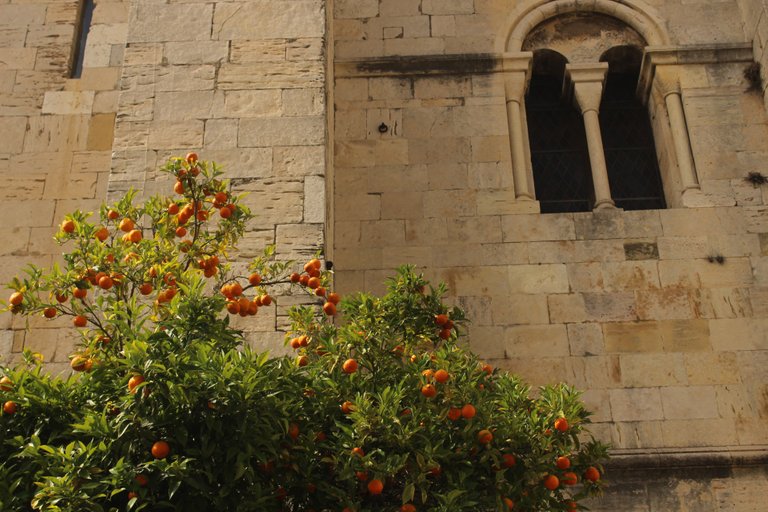
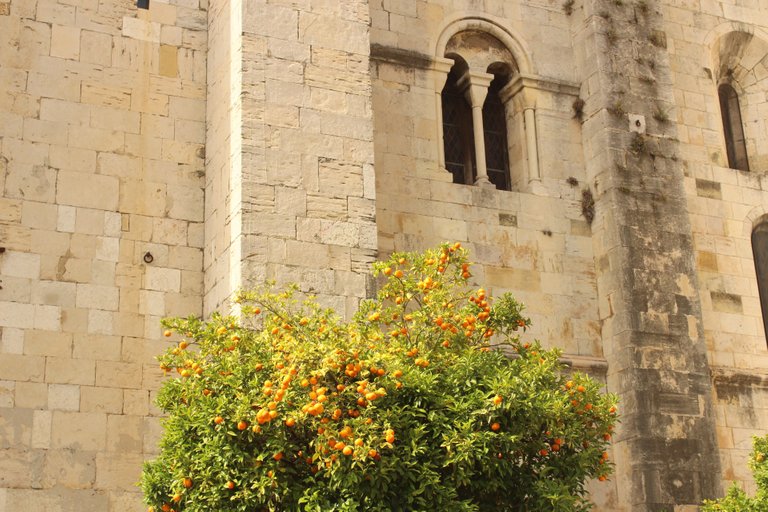
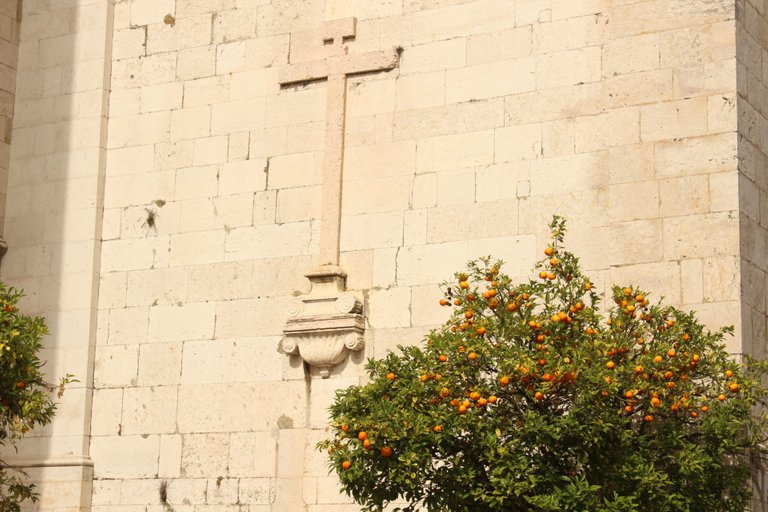
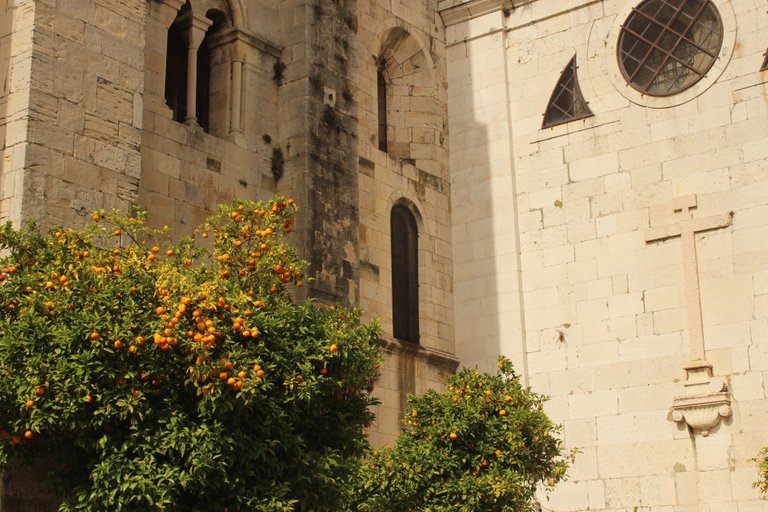
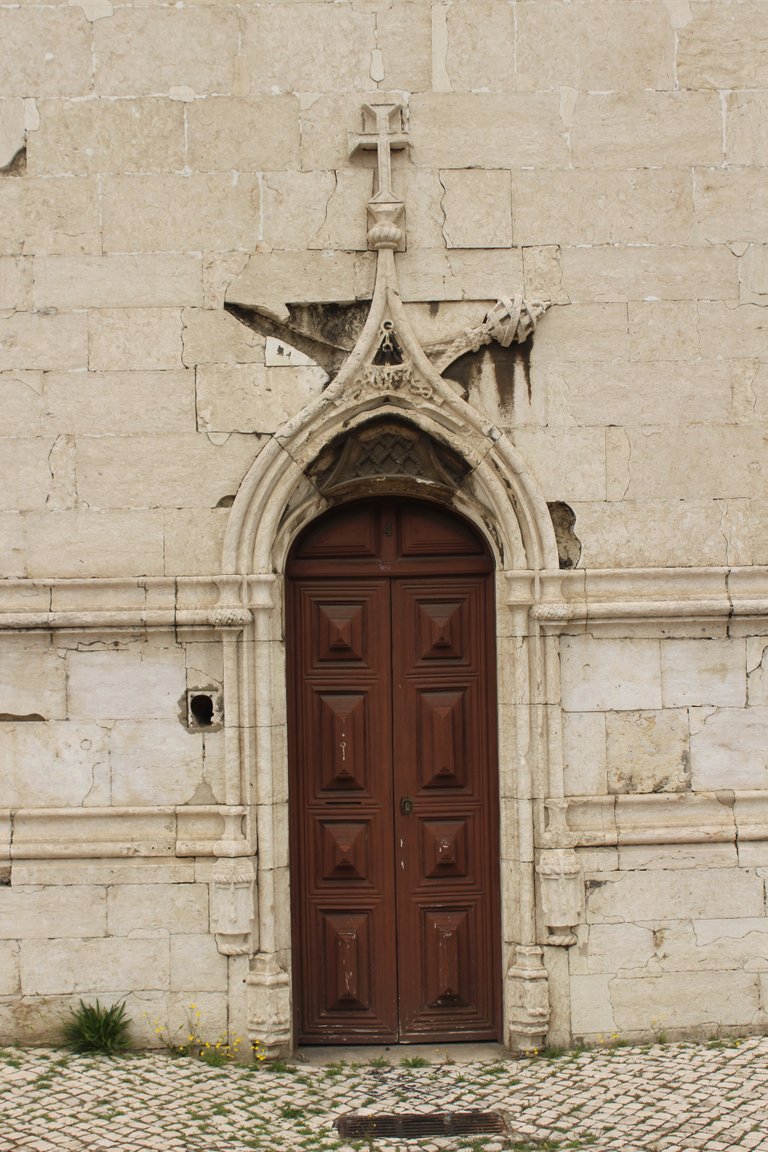
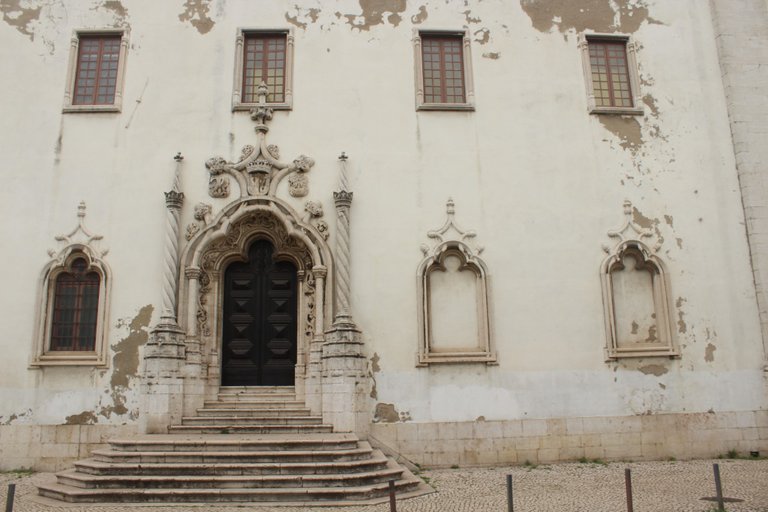
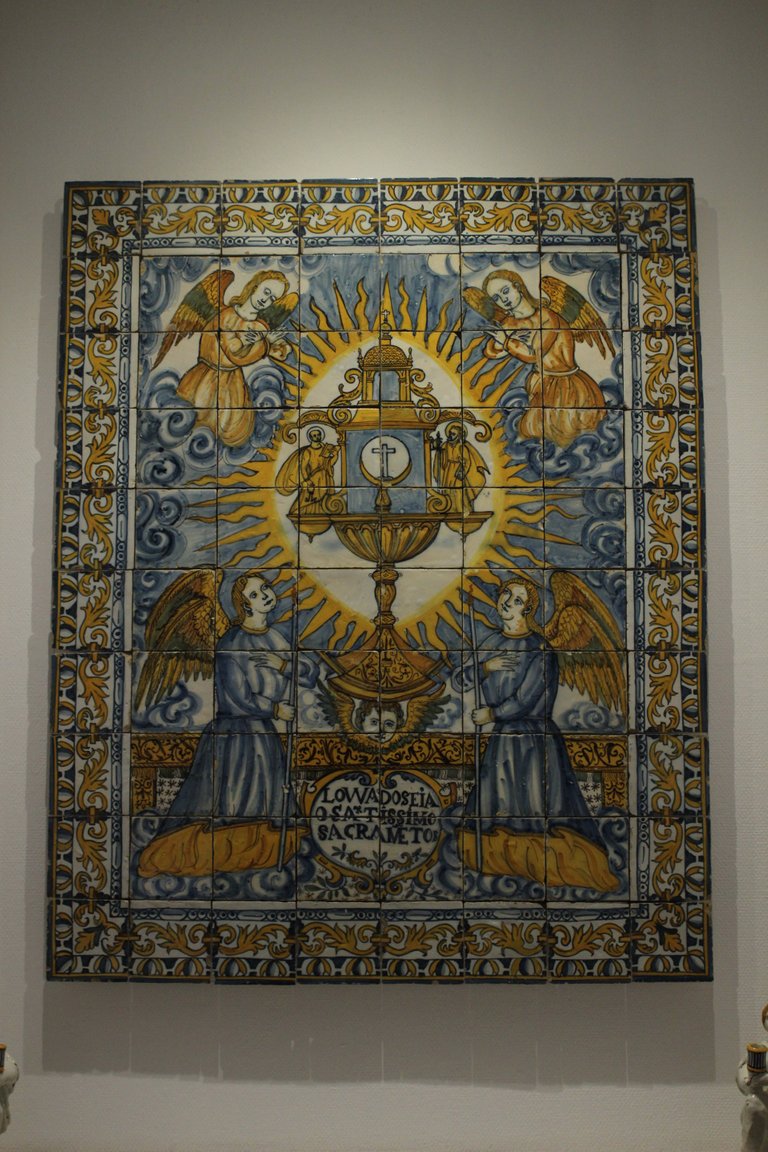
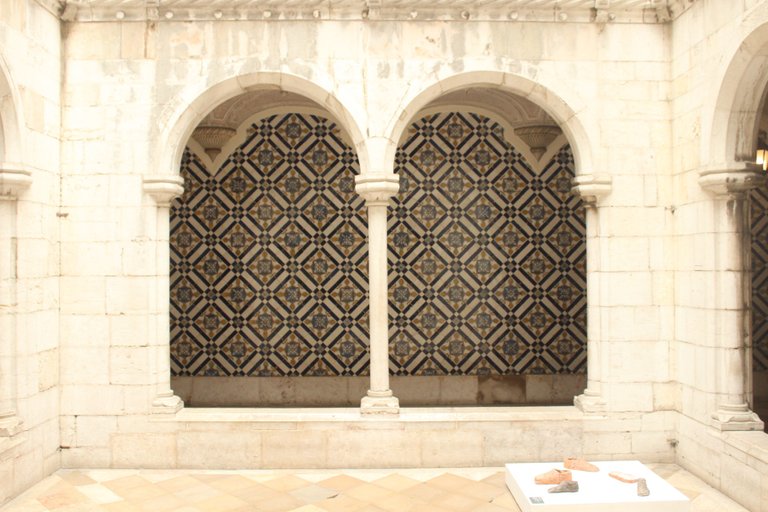
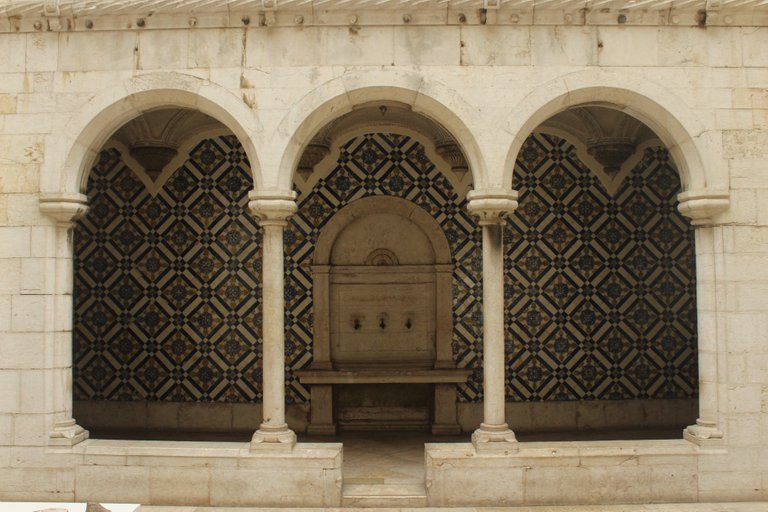
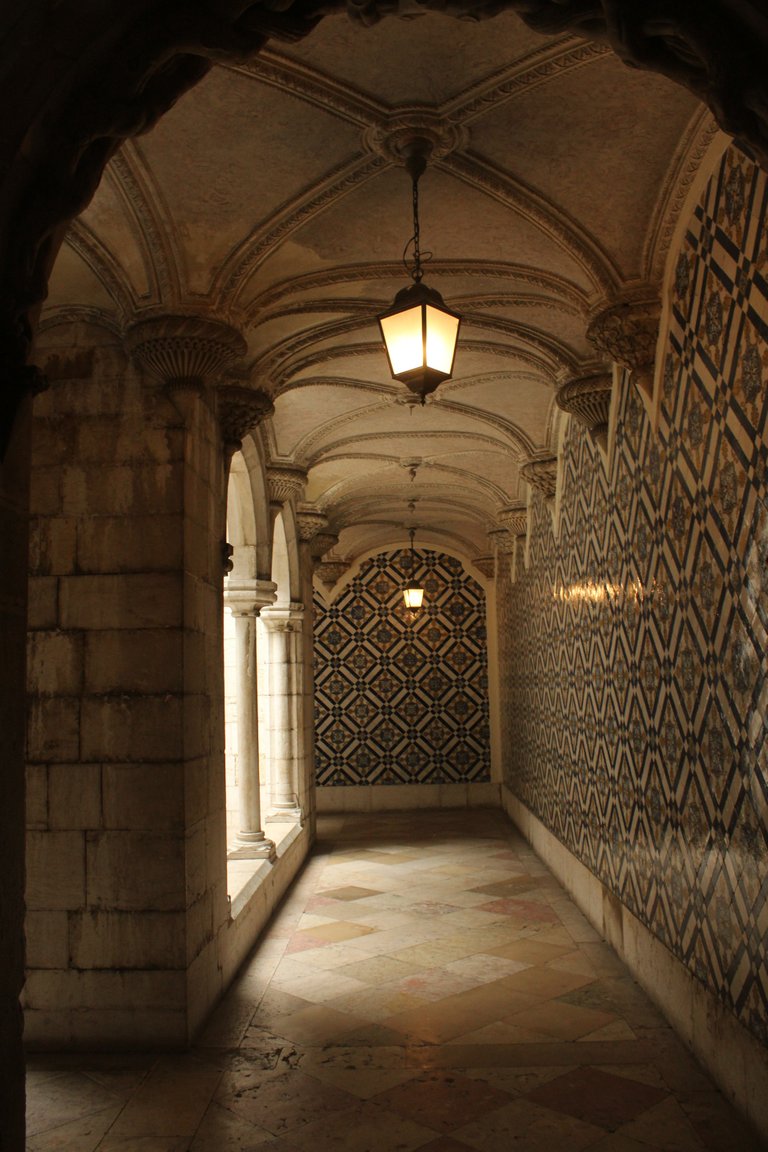
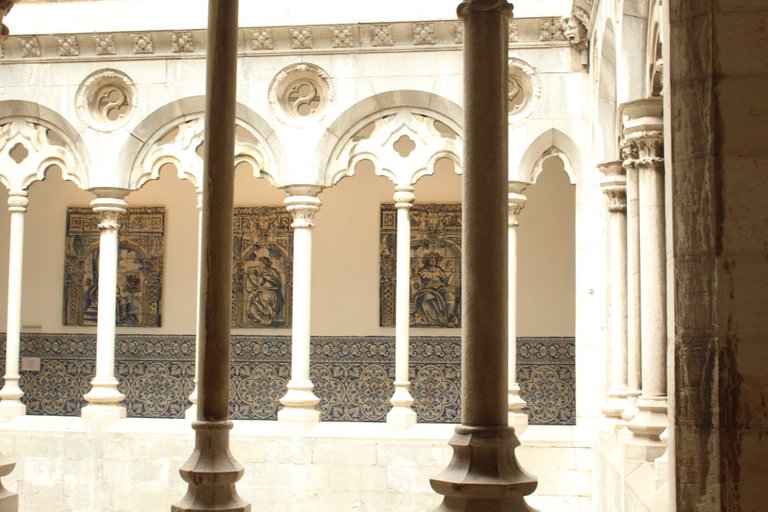
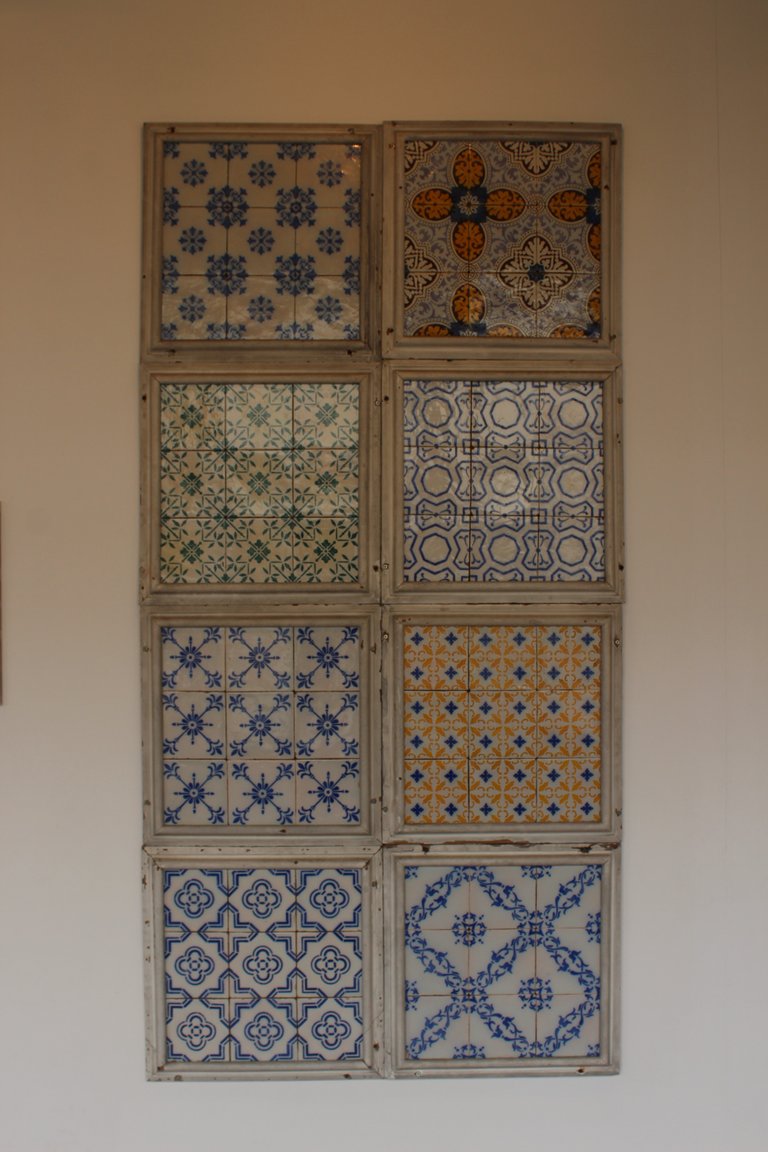


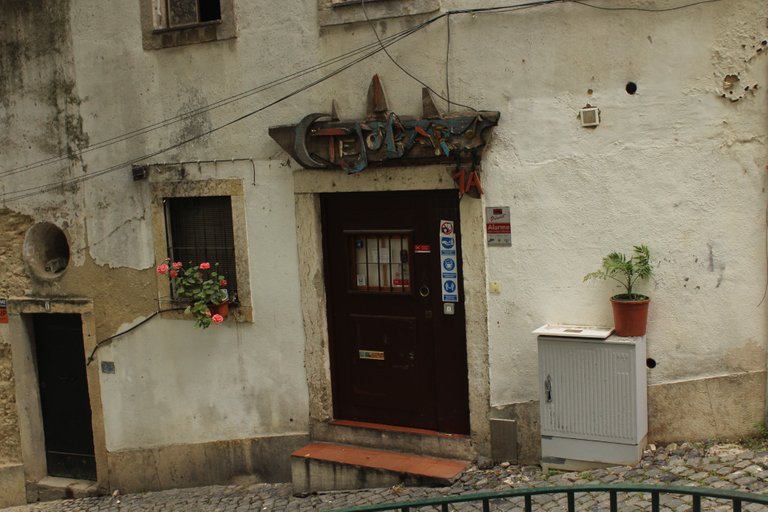

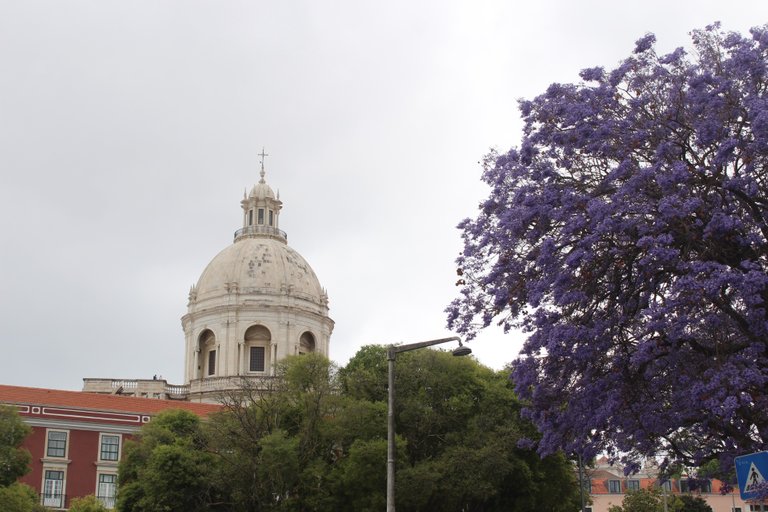
What a lovely, lovely lavender tree right there. Is that the leaves or flowers? It's my fist time to see lavender tree. it's amazing
It's a Jacaranda tree. This tree blooms purple.
https://en.wikipedia.org/wiki/Jacaranda_mimosifolia
Oh even the name sounds lovely. Thank you for this info
Congratulations, your post has been added to Pinmapple! 🎉🥳🍍
Did you know you have your own profile map?
And every post has their own map too!
Want to have your post on the map too?
Hiya, @LivingUKTaiwan here, just swinging by to let you know that this post made it into our Honorable Mentions in Daily Travel Digest TD1608.
Your post has been manually curated by the @pinmapple team. If you like what we're doing, please drop by to check out all the rest of today's great posts and consider supporting other authors like yourself and us so we can keep the project going!
Become part of our travel community:
Congratulations @olusiu! You received the biggest smile and some love from TravelFeed! Keep up the amazing blog. 😍 Your post was also chosen as top pick of the day and is now featured on the TravelFeed.io front page.
Thanks for using TravelFeed!
@smeralda (TravelFeed team)
PS: Did you know that we recently launched the truvvl app? With truvvl, you can create travel stories on the go from your phone and swipe through nearby stories from other TravelFeed users. It is available on the Apple App Store and Google Play.
The rewards earned on this comment will go directly to the people( @polish.hive ) sharing the post on Twitter as long as they are registered with @poshtoken. Sign up at https://hiveposh.com.